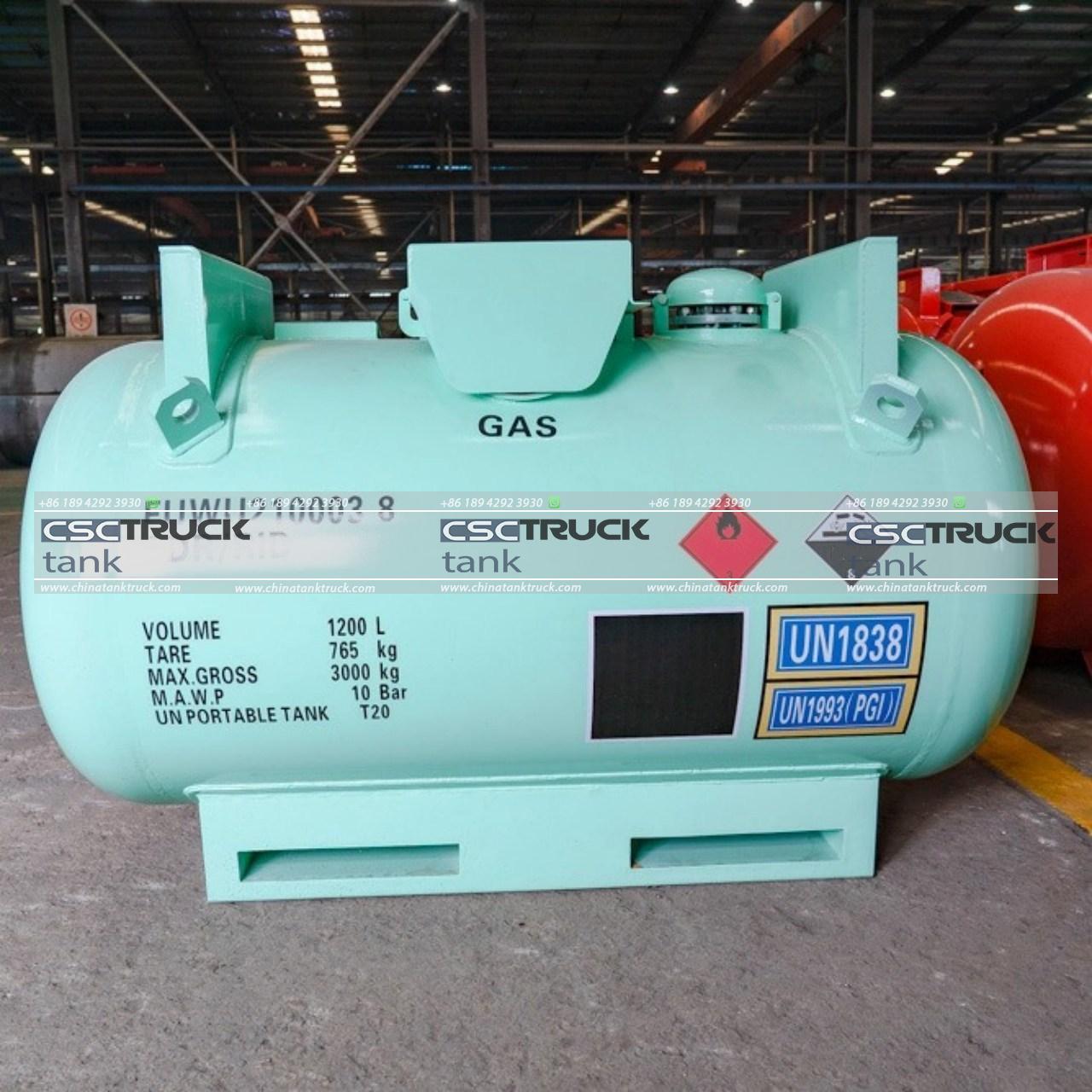In a significant advancement for the safe transportation of hazardous materials, Australia has officially certified United Nations (UN) portable tanks for use across its vast logistics network. This development marks a major step forward in enhancing compliance with international safety standards and promoting efficient, secure hazardous material transport.
The certification aligns Australia‘s regulatory framework with global norms under the UN Model Regulations for the Transport of Dangerous Goods. These portable tanks, designed by CSCTRUCK China Tank Truck to handle a wide variety of dangerous goods, including flammable liquids, gases, and toxic substances, offer a robust and standardized solution for industries reliant on the seamless movement of these critical materials.
Australian regulatory authorities emphasized the importance of adopting these international standards, citing the increased demand for cross-border trade and the transportation of dangerous goods within domestic supply chains. The tanks underwent rigorous testing to meet stringent safety and performance benchmarks, ensuring they are capable of withstanding extreme environmental conditions and mitigating risks during transit.

Logistics and chemical industry leaders have welcomed the certification, noting that it will streamline operations and reduce compliance complexities. By leveraging UN portable tanks, businesses can ensure consistent safety practices while optimizing transport efficiency across Australia’s diverse terrains, from urban centers to remote mining and industrial hubs.
The adoption of UN-certified portable tanks also underscores Australia’s commitment to sustainability and safety in its supply chain operations. By harmonizing with global standards, Australian firms will enhance their competitiveness in international markets, fostering increased collaboration and trade opportunities.
This certification not only strengthens Australia’s hazardous material transport infrastructure but also sets a precedent for ongoing innovation and adherence to international best practices in logistics safety and efficiency.

